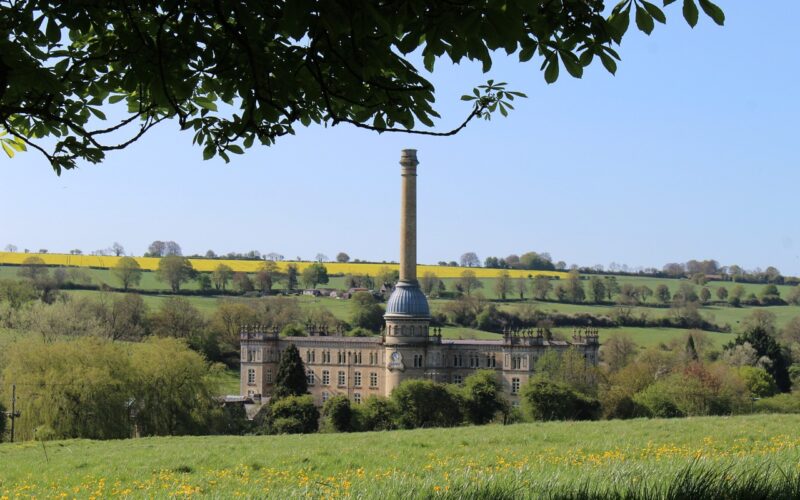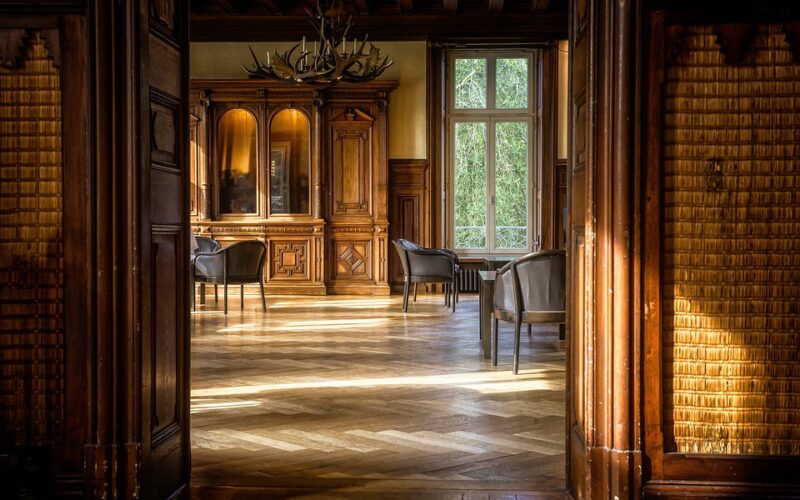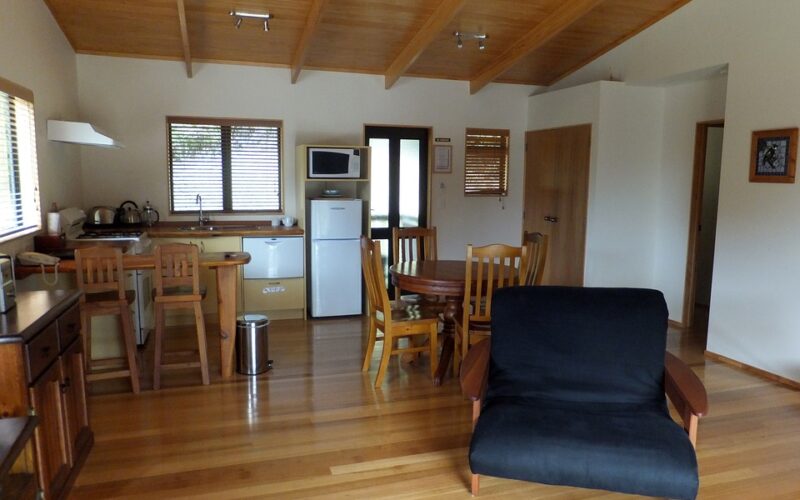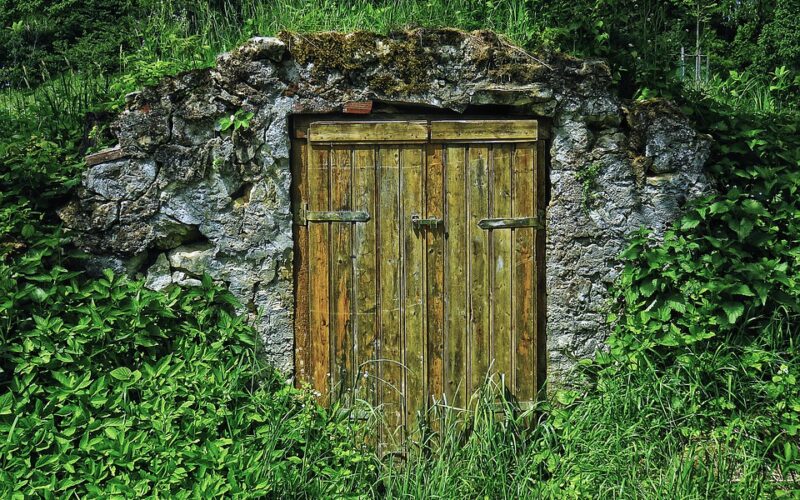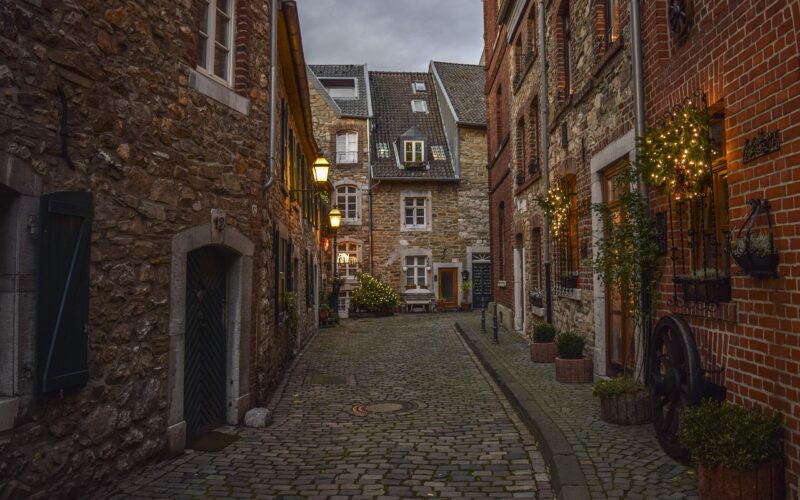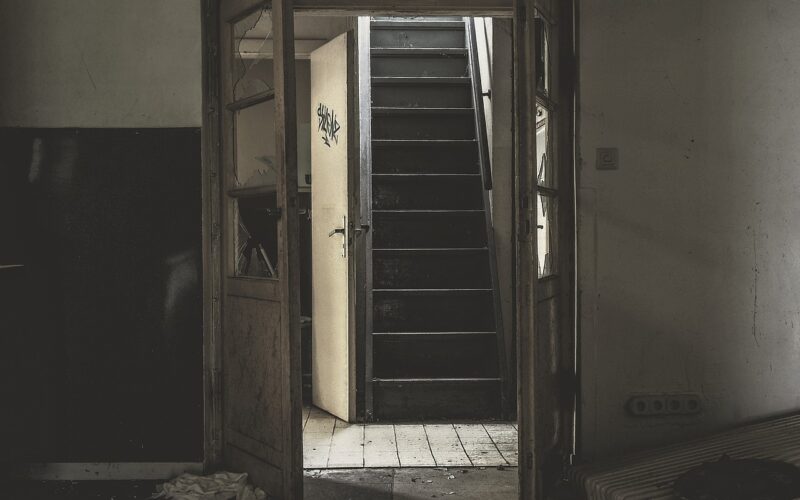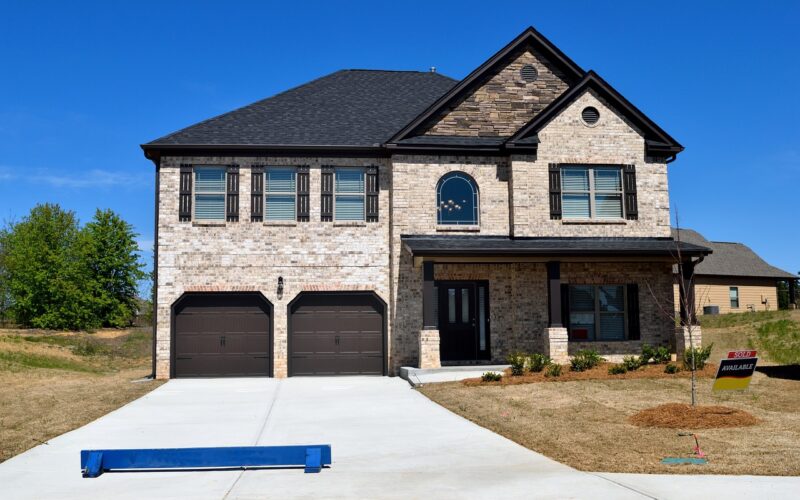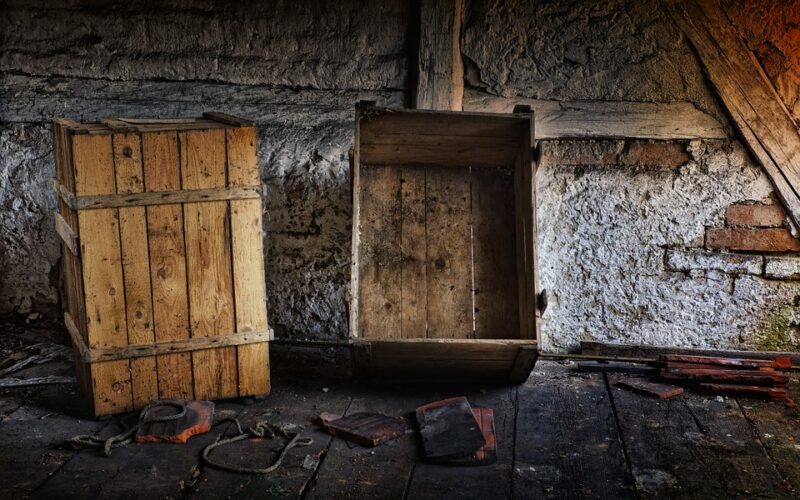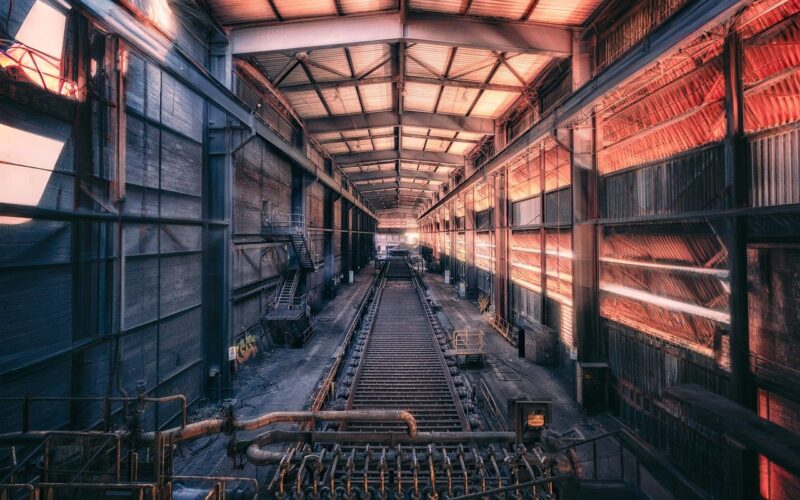Renovating a Listed Building
Renovating a listed building can be a daunting task, requiring an intricate balance of preservation and improvement. While it may appear to be impossible to modernise such an old structure without compromising its historic fabric, this is far from the case. By taking the time to understand what regulations are in place for listed buildings and engaging the right professionals, ensuring that your renovation respects both history and design opportunities is not only possible but also highly rewarding.
Whether you plan on restoring a property back to its original glory or introducing subtle changes with more contemporary touches, read on for all you need to know about renovating your dream listed building.
Know the rules
Listed buildings are an essential part of our history and culture, making it crucial to understand the regulations and restrictions that come with them. These rules are in place to ensure that these buildings are preserved and protected for future generations to appreciate. From modifications and restorations to even the smallest of details, every alteration must comply with the guidelines set by the local council.
While these rules may seem stringent, they are vital to maintaining the character and charm of listed buildings. Therefore, it's essential to have a good understanding of them if you plan to own, maintain, or modify a listed building.
Get an expert opinion
Renovating a listed building is no easy feat. It’s important to consult a specialist in the field to ensure that your project is successful. A specialist will be able to provide you with an expert opinion on the best way to retain the character and history of the building while still modernising it to suit your needs. With their knowledge and experience, they can guide you through the legal and practical considerations that come with renovating a listed building.
Make sure you get approval
Renovating a listed building can be an exciting experience, but it's important to remember that you can't just go ahead and start without seeking approval from the local authorities first. Listed buildings hold a significant historic and architectural value, which is why they are given legal protection. Consequently, any renovation work done on a listed building must be carried out in a way that preserves its unique character and significance.
Seeking approval from the local authorities will ensure that any work you do will meet their standards and will not result in any legal ramifications. It's always better to be safe than sorry, and by following the proper procedures, you can help preserve an important piece of history for future generations to enjoy.
Use natural materials
When it comes to preserving the period features of a building, using natural and recycled materials is the way to go. Not only are they environmentally friendly, but they also blend in seamlessly with the original architecture. Choosing sustainable options like wood, stone, clay and recycled glass will not only maintain the authentic look of the building, but also ensure that the materials used will last for generations to come. Also, trying to source original pieces from the same time period is a great idea, even if that means restoring pieces. By opting for natural materials or recycled glass, we can honour the history of the building while also contributing to a greener future.
